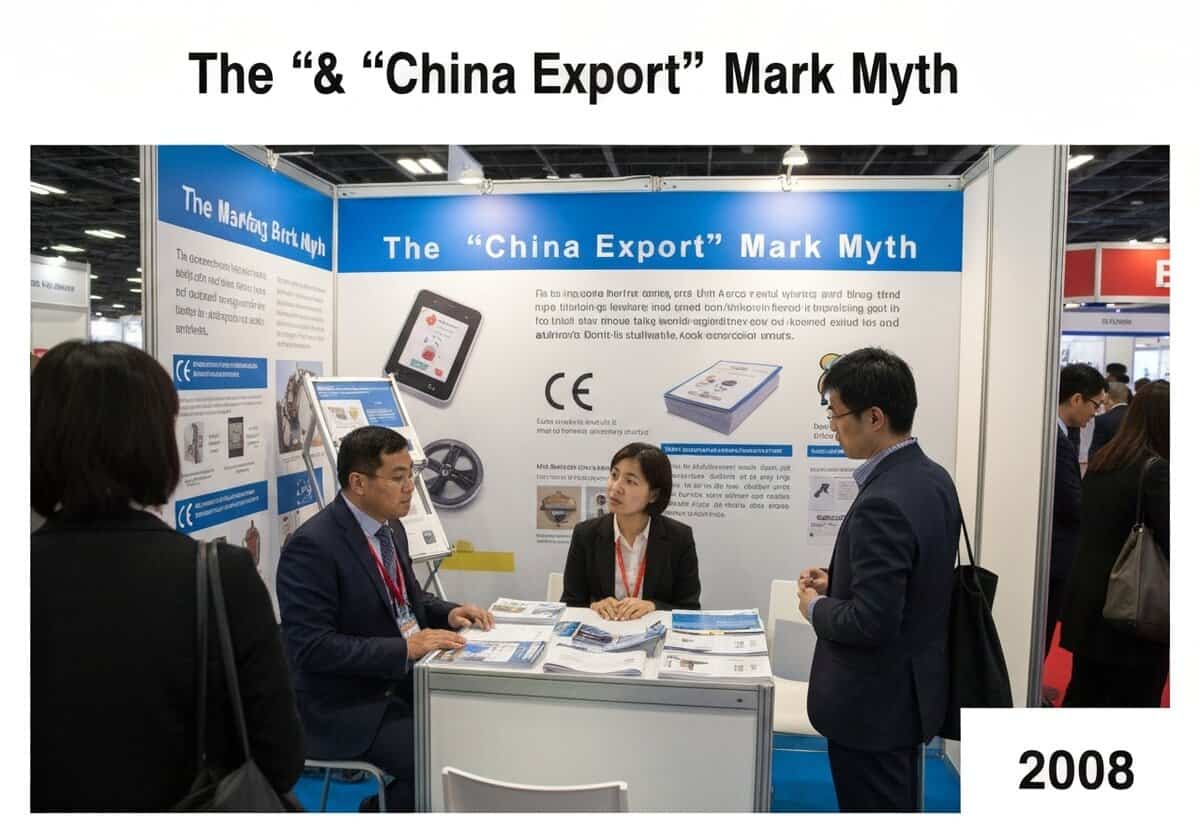A persistent urban myth suggests a “China Export” mark exists that is confusingly similar to the official CE marking, with closer letter spacing, to mislead consumers. After an individual member had wrongly reported this, the European Commission has investigated this and found no evidence of such a mark being systematically used. Any mark that can be confused with the official CE marking is considered an infringement, regardless of its claimed origin or meaning.


























